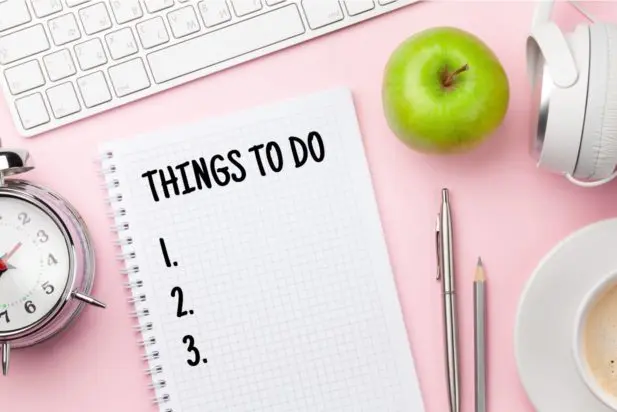Brainstorming, outlining, drafting, optimizing, editing. Writing a blog can be an intensive, time-consuming process. By the time you’re done, you should (rightfully) feel relieved and accomplished. But before you take that victory lap, there are some important, last-minute things to check off before you publish your post.
We put together this blog post checklist to use when you need a quick cheat sheet. Let’s walk through it and discuss how you can make it part of your pre-publish ritual.
How’s My Headline?
Headlines are hooks. Make sure yours is catchy and compelling enough to grab readers. There are different ways to make your headline appealing to readers: How-To’s (“How to Write an Awesome Blog Post”), Numbered Lists (“5 Ways to Create an Awesome Blog Post”) or an Appeal/Promise (“Get More People to Read Your Awesome Blog Post”). Still stuck on a solid headline? Try writing it last. I tend to create a placeholder title first and finalize it after I’ve written my entire post. Seeing how it all comes together at the end can make it easier to decide how to write a beginning that brings people in.
Am I [Keyword] Optimized?
Blog posts are a great way to expand your audience and write about specific topics that could be prime SEO opportunities. So after you’ve done the heavy lifting of conducting keyword research, don’t forget to check that you’ve leveraged every opportunity to optimize your page. Your keyword should be in your title, URL, meta description and used in the page content at least four times (just make sure the keywords are integrated naturally within the post).
Have I Assigned a Category?
Blog categories can keep your posts organized by topic and help visitors wade through content. Categories help with navigation, but can also pique interest. If a visitor is interested in a certain topic, there’s a good chance they’ll want to read more of your posts on that topic. Make sure your post is only listed under one category and assign it to one that would be most helpful for visitors.
Is it Format-Friendly?
Headings (H2 and H3) are your friends. Use them liberally. Good formatting can accommodate and appease people who are quickly scanning to see if it’s worth sticking around to read the entire post. Make sure your post is easy on the eyes. That means breaking up big blocks of text with bullets, lists or bolded font.
Does My Post Promote Engagement?
Your blog should engage people. Check to make sure you’ve ended your post by starting a conversation with readers. You can do this by posing a question or encouraging readers to share their experiences or add in a tip or idea you didn’t mention. You can help promote engagement by giving a face to a blog post. Make sure you’ve included the name, photo and a short bio of the author. This can make the blog a personable experience where more people would be inclined to engage. Another blog post checklist essential? Check that you’re ending on a high note by including a call to action, whether it be donating, volunteering, or subscribing.
Are My Images In Order?
Images draw people in, so use them when you can. Just make sure the featured image is sized correctly according to the content management system you’re using. With WordPress, for example, images within a post should be 670 px wide and you don’t want images to be above 100k each (smaller is better for load times as long as quality doesn’t suffer). A couple of other image-related items on your blog post checklist: include the title of the blog post (alt text should also include any keyword phrases) and if you’re not using free photos, make sure you’ve properly attributed.
Have I Leveraged Links?
Links help build credibility, establish authority and keep visitors on your site longer. Check that your blog post includes internal links to your website that are helpful to the visitor. This way you’ll be top of mind the next time they’re looking for information. You should also include any relevant external links and ensure that they open in new tabs to avoid people leaving your site entirely. Getting visitors to read your blog is one thing. Now make sure you’ve done all you can to get them to stick around.
We know that blogging involves the big picture elements of building credibility, reaching new audiences, fostering connections, and telling your nonprofit’s story. But this blog post checklist can help make sure you’re ticking off the little things that are just as important.
What other quick tips do you have to add to this blog post checklist? I’d love to hear from you in the comments below.

Miun,
your article has so many reasonable advice! I believe that headlines are important for blog posts, so this thing we have with you in common. To make perfect headline, I use free headline analyzer from CoSchedule (it’s simple to use even for beginners). Besides, the golden rule of blogging is to create compelling & original content. Since I write on my blog about current events and create book-reviews, sometimes I reuse information from other sources. It’s really tricky, so I run my content through plagiarism checker called Unplag (very handy tool) and then revise my writing.
I don’t think that I do something wrong, because I simply check how correct are my citations and quotations.
Thanks so much for your comment, Adam. I’m looking forward to checking out some of those tools.